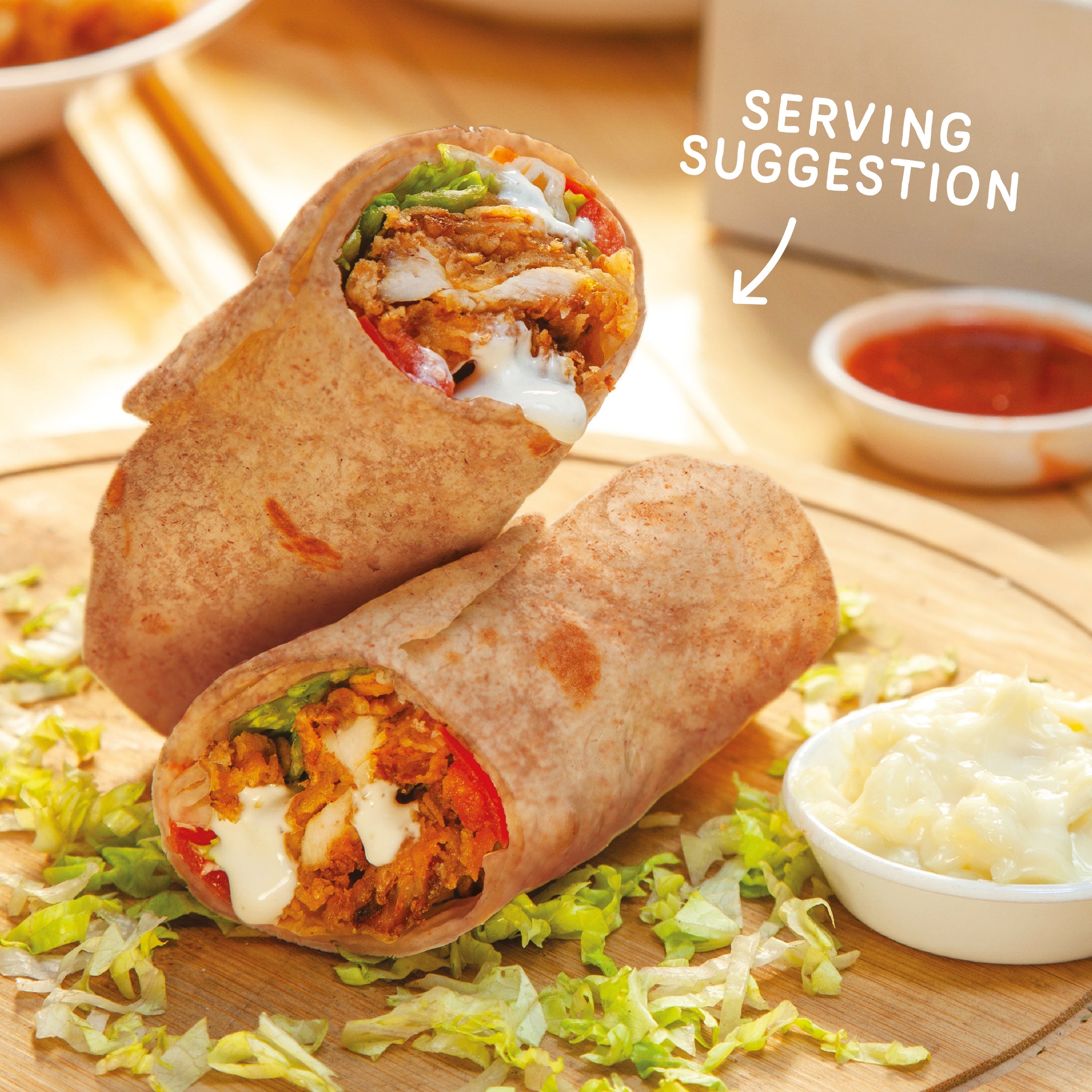Over the years bread has been a comfort food at every table, familiar, satisfying, and always just within reach. If you’re focusing on eating a healthier diet or cutting down on carbs, the traditional loaf may lose its appeal. Wraps that are low in carbs have come to be seen as a bold alternative, offering the same structure and pleasure of bread but with just a little of the calories and a whole lot more versatility.
Wraps like these aren’t only practical, they’re also changing the way people view carbohydrates, calories, and balance. We’ll break them down to see what makes these wraps so special and the reason you may consider including them in your daily diet.
From Bread to Better Wraps: How they work
Wraps are a favorite in the kitchen for a good reason. Wraps are easy to use, flexible and great for people who are constantly on the go. Wraps can appear “light”, but they are not always. A typical flour tortilla could carry a carb punch like two slices of white bread which most people don’t know until they’re in the middle of their “healthy” lunch.

Image credit: fitbakes.co.uk
Wraps with low carbs are the smarter, modern option. These wraps aren’t merely thinner versions of bread. They’re packed with ingredients like flaxseed flour, almond flour Oat flour, coconut flour or coconut that lower carbs and boost the amount of fiber.
It is possible to enjoy your favorite chicken roll, breakfast burrito or veggie wraps without feeling fatigued and failing to meet your nutrition goals.
Non Carb bread The Impossible concept that’s not so impossible.
Bread that is not carb-free is a myth. How can bread have no carbohydrates at all? It’s a sign of a change in the perception of bread’s characteristics. It’s impossible to say that a food is carb-free until it’s composed of protein or fats, however some of the modern bread alternatives have a lot in common.
Blending plant-based fibers egg whites, seeds, egg whites, and nut flours, these bread options replicate the shape and texture of traditional loaves but do not spike your blood sugar. These bread alternatives are excellent for people who adhere to low-glycemic or diabetic meal plans.
Tortilla Wrap Calorie Breakdown: What’s Actually in Your Wrap?
Here’s something that surprises a lot of people: the typical tortilla wrap calorie count can be much higher than expected. What’s with that huge, soft tortilla you get at your favorite restaurant? You may be consuming 200-300 extra calories before you add the filling.
But not all wraps designed equally.
When you switch to a low-carb wrap, you’re usually cutting the calorie count nearly in half, and even down to around 70-100 calories for each wrap. In addition, you’re replacing empty carbohydrates with fiber, protein and real food. This is a winner across all categories.
The Facts About Calories in a Wrap Tortilla
It might seem like an easy wrap, but the calories can pile quickly. But picking the most nutritious wrap isn’t just about calories counting. You can decide where you get your calories. You have the option of choosing between 150 calories of refined flour, preservatives and preservatives or 100 calories of food ingredients that are good for your health.
Don’t just look at the carbohydrate count when you check labels next time. Choose wraps that contain natural ingredients, provide fiber and omit the junk. While the calories contained in wraps might be comparable but they’ll have a significantly different effects on you.
Final Bit
Wraps that are low in carbs and non carb breads are not just trendy. They’re solutions too. They show that you don’t have to compromise on taste for health.
So whether you’re prepping your meals for the week, or having a snack prior to going to work, be aware that your wrap will serve more than just hold your fillings. It’s able to help support your objectives, one tasty bite at a time.